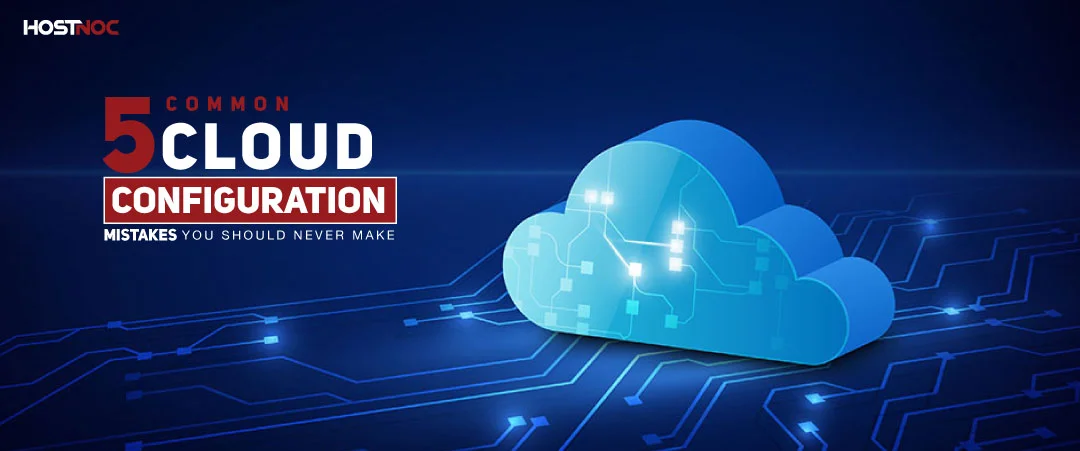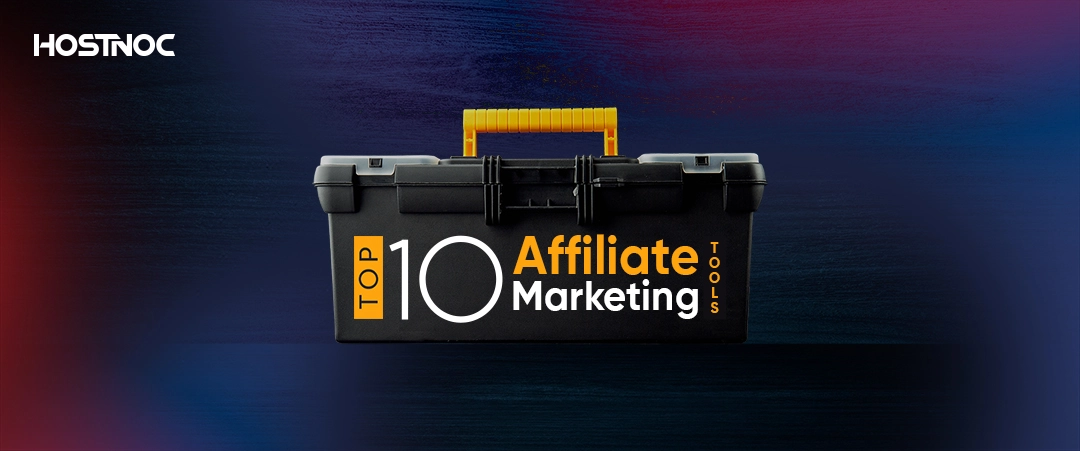5 Common Cloud Configuration Mistakes You Should Never Make

6 Deadly Multi-Factor Authentication Mistakes You Should Never Make
April 22, 2021
5 Ways In Which VPS Hosting Can Impact Your SEO
May 6, 2021Cloud Configuration has its advantages, which is why most businesses are adopting it. Benefits such as being able to provide access to data from anywhere is compelling businesses to adopt this burgeoning technology. In fact, a third of a company’s IT budget goes to cloud services, yet many companies are planning to increase their spending on public clouds. According to statistics, the global cloud computing market has reached 330 billion in 2020.
On the flip side, there are growing cloud security and privacy concerns that deter businesses from embracing the cloud. Lack of trained staff is another issue that is causing problems for businesses that have migrated to the cloud. Even if they can overcome these challenges, most businesses still fail to take full advantage of the cloud due to poor management. On an average, a whopping 27% of the cloud computing budget of companies go down the drain because of poor management.
Cloud misconfiguration multiplies the security risks as we have seen from the recent Capital One data breach, where cyber criminals exploited misconfigured firewalls to get their hands on the data of 100 million card customers. The data includes 140,000 social security numbers and 80,000 connected bank accounts. This is why it is important that you configure the cloud correctly and refrain from making cloud configuration mistakes to protect your sensitive data.
Common Cloud Configuration Mistakes
Here, you will learn about five common cloud configuration mistakes that you should avoid at all costs.
1. Access to Host, Virtual Machines and Containers
If you are directly connecting the best dedicated server or virtual server present in your data center to the internet without a firewall or filter, you are putting your cloud data at risk. Unfortunately, most cloud users end up paying a hefty price for this blunder. Similarly, if you are still using legacy ports and protocols, make sure to secure these legacy ports as they become the prime target for cyber attackers. More importantly, you should disable outdated and unsafe protocols in the cloud just like you do on your on-premise data centers.
2. Disabling Monitoring and Logging
Did you know that most organizations don’t activate, configure or review logs or telemetry data that is provided to them by their cloud vendor? This is why they fail to figure out and flag any malicious activity that has been taking place. By the time they identify such activity, the damage has been done. Whether you are using infrastructure as a service or storage as cloud services, it is important to maintain and review these logs. If you are not constantly monitoring and maintaining these logs, you are putting your data at risk.
3. Lack of Validation
Most organizations struggle when it comes to creating and implementing systems that can identify misconfigurations. It is important that you assign a dedicated resource for verifying and validating permissions and services and ensure that they are properly configured and applied.
As you switch cloud providers, the cloud environment changes. This increases the probability of mistakes. That is why it is important to establish a rigorous process that periodically evaluates and tweaks cloud configurations. If you don’t have a pre-established process for this, you might end up leaving security vulnerabilities, which can easily be exploited by hackers.
4. Storage Accessibility
Most cloud users think that authenticated users only encompass users who are authenticated by their organization, but unfortunately it is another one of those cloud myths. Let’s assume you are using Amazon Web Services. Authenticated users include anyone that has amazon web services authentication, which means that every AWS customer is an authenticated user.
This misunderstanding can lead to poorly configured control settings. As a result, your cloud data can easily get exposed and anyone can access it. This is why it is important to be extra cautious when setting storage object access privileges so that only your employees can access the cloud data. Good cloud hosting accomplishes this automatically and ensures your data stored in the cloud stays private. Choosing the best cloud hosting provider for your business helps you circumvent cloud vulnerabilities with ease.
5. Poor Secret Management
Another mistake that cloud users fall prey to is poor secret management. These secrets can be anything from admin credentials, passwords, encryption keys, to API keys and more. You need to make sure that these secrets are stored in a safe place that is only accessible to a few key people in your organization. You do not want these secrets to end up in the wrong hands. Unfortunately, that is exactly what will happen if you have a poorly configured cloud bucket, compromised servers, open GitHub repositories, and easily available HTML code.
The first thing you need to do is to create an inventory of all these “secrets” and make sure that all the secrets are secured. Cyber criminals are always looking for opportunities to get access to this data and if you don’t exercise caution, they might succeed in fulfilling their malicious designs. Make the most of secret management tools offered by cloud service providers such as Azure Key Vault and AWS Secret Manager to secure these assets.
Conclusion
There is no denying the fact that cloud technologies offer a lot of benefits but very few businesses take full advantage of them. If you are not leveraging the cloud properly, you might be making some of these common cloud configuration mistakes. Establish a mechanism to manage access to hosts, virtual machines and cloud storage. Ensure proper validation and secret management to prevent any breaches or infiltrations.
Always maintain a log of all the activities and conduct a log analysis regularly so you can timely detect any suspicious activity and take proactive action before these malicious activities wreak havoc on your data. Stop making these mistakes and you will see a better return on your cloud investments.
Which is the biggest cloud configuration mistake you have ever made and how much did it cost you? Let us know in the comments section below.



